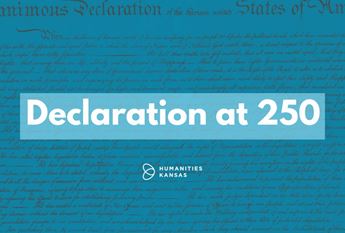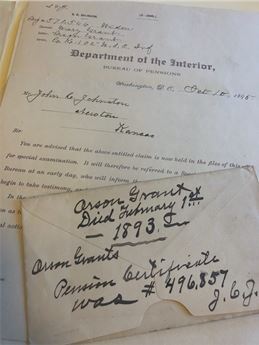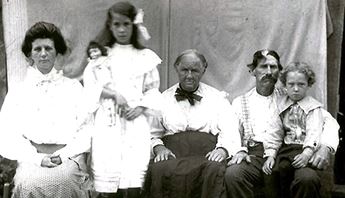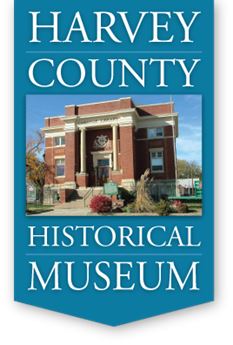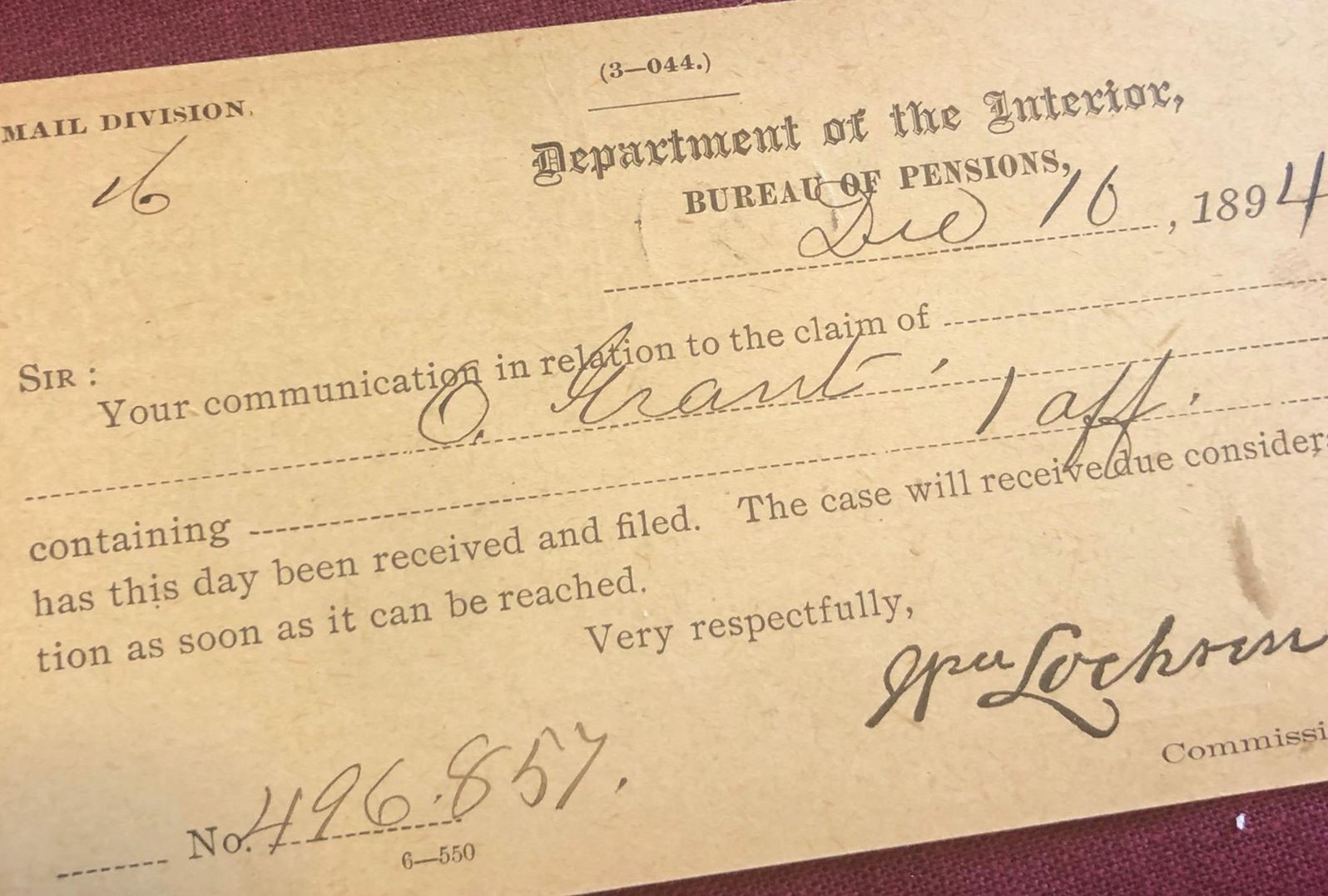

In Love and War: J.C. Johnston Collection of Civil War Pensions
March 22, 2021
In 1902, Newton resident Belle Ramsey knew that her young nephew, Willie, was deserving of his father’s Civil War pension. Originally from Tennessee, George Beard had served in the war with the Independent Battery U.S. Colored Light Artillery based at Ft. Leavenworth, the only federal unit to have leadership entirely of Black officers.
There were problems, however. As an 18-year-old African American from a slave state, George’s past was difficult to trace. Also, he had enlisted in the military under an alias—George Winter. For Willie to receive his father’s pension, his aunt Belle had to prove that Winter was indeed George Beard, that he had married Caroline Cobb of Emporia, and that they were Willie’s legitimate parents. To help her navigate the bureaucracy, Belle hired local attorney John C. Johnston, himself a wounded Civil War veteran.
“Preserving this collection is important for local history, Civil War history, and for genealogists, too."
Belle and Willie’s experience is one of 287 stories found in the J. C. Johnston Collection of Civil War Pensions, now being preserved and digitized at the Harvey County Historical Museum & Archives in Newton. The project is supported by an HK Culture Preservation grant.
Willie’s eventual benefits were the result of the Dependent and Disability Pension Act of 1890, which made widows and dependents eligible for assistance for the first time. By 1892, Union nurses also began receiving benefits for their service during the Civil War. These expansions of veterans’ benefits aided in the financial security of women and children during a time when women faced significant barriers from the workforce. Unfortunately, the process was anything but straightforward and it was up to the widows and surviving family members to bear the burden of proof.
“These are complicated stories of a complicated process,” said Kristine Schmucker, the project director and curator at the museum. “Widows had to prove marriage, their husband’s honorable discharge, and a death certificate, among other details. It was easy to be denied. If a doctor gave two causes of death on a certificate, for example.”
Indeed, the documents show a continual back and forth between Harvey County and Washington, D.C. The collection traces appeals, denials, legislative intervention, health information, and witness statements of character. “Preserving this collection is important for local history, Civil War history, and for genealogists, too,” said Schmucker.
Learn more about George, Caroline, and Willie Beard’s lives in Chase and Harvey Counties at the Harvey County Historical Museum & Archives blog.
Have a preservation project that needs funding? Join HK’s Grants Chat on Wednesday, April 7 at 2:00 PM to learn more about Culture Preservation grants, ask questions, and begin the grants process. Register here.



